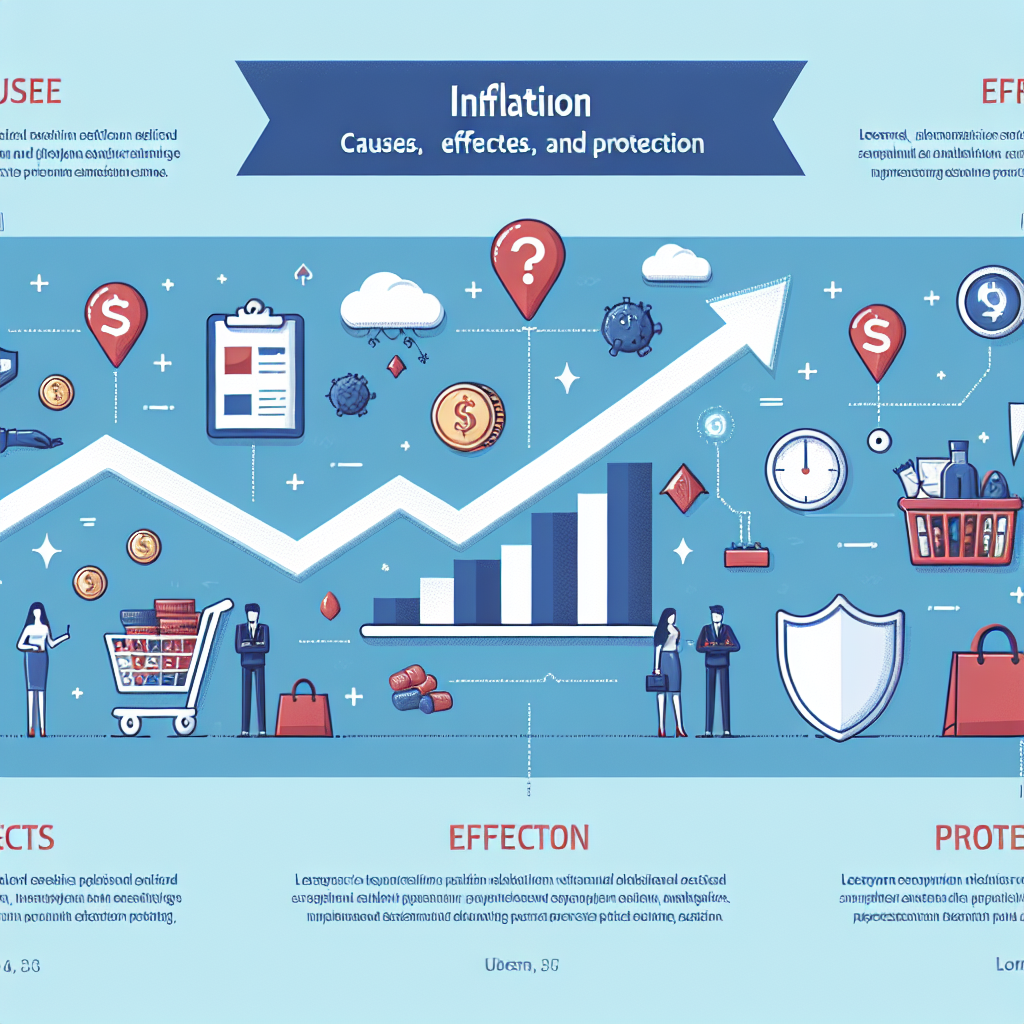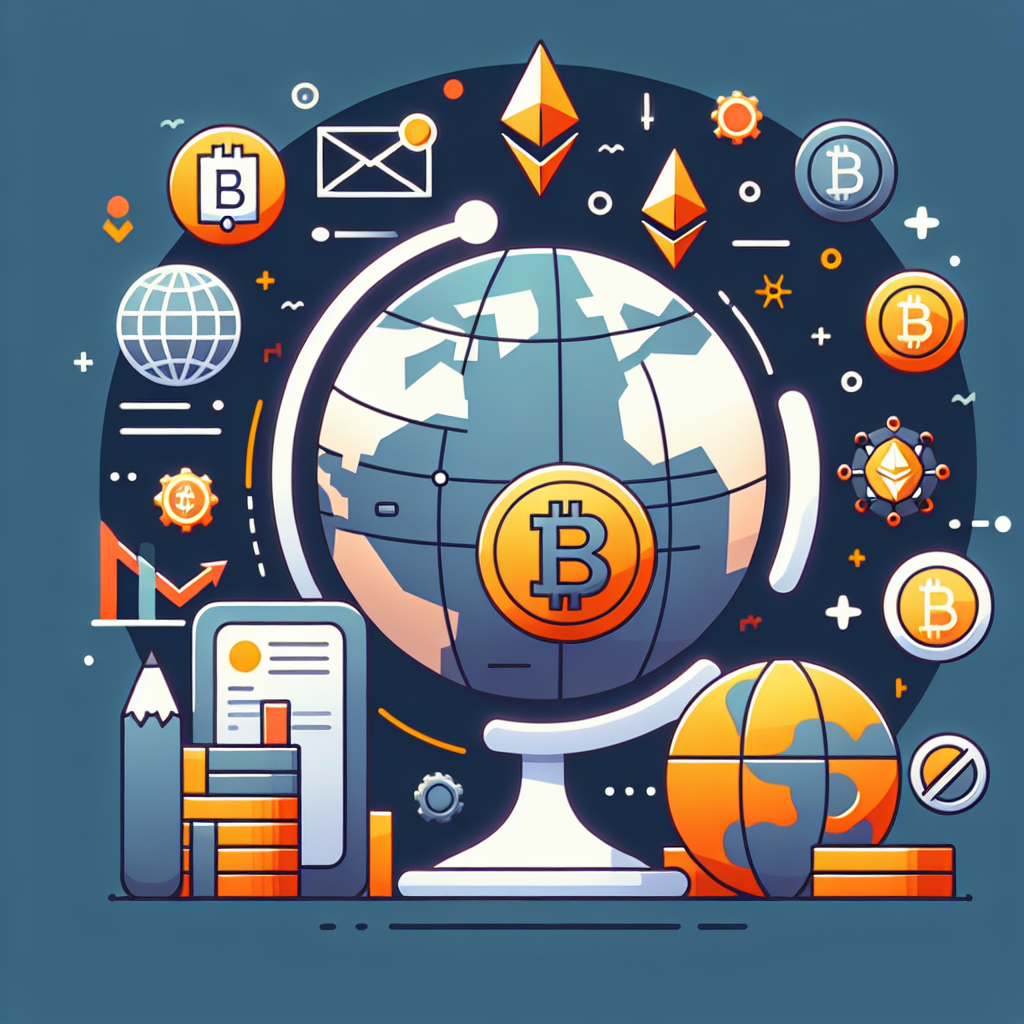
Inflation Explained: Causes, Effects, and Protection
Understanding Inflation: A Complete Guide
What Is Inflation?
The Causes of Inflation
1. Demand-Pull Inflation
2. Cost-Push Inflation
3. Built-In Inflation
4. Monetary Policy and Money Supply
The Effects of Inflation
Positive Effects of Controlled Inflation
- Encourages Spending and Investment: Moderate inflation encourages consumers and businesses to spend and invest rather than hoard cash.
- Reduces Unemployment: Slight inflation can help reduce real wages, making it easier for companies to hire and retain workers.
- Facilitates Adjustments: Allows relative prices to adjust smoothly, aiding in resource allocation.
Negative Effects of Inflation
- Decreased Purchasing Power: As prices rise, consumers can buy less with the same amount of money, which can erode savings and decrease living standards.
- Menu Costs: Businesses face costs related to changing prices in catalogs, menus, or systems.
- Wage-Price Spiral: Spiraling inflation can become uncontrollable if inflation expectations become embedded in economic behavior.
- Economic Uncertainty: High inflation creates instability, discouraging savings and long-term investments.
- Impact on Fixed-Income Earners: Retirees and others on fixed incomes may see their purchasing power decline sharply.
Measuring Inflation
1. Consumer Price Index (CPI)
2. Producer Price Index (PPI)
3. The GDP Deflator
How to Protect Yourself Against Inflation
1. Invest in Assets That Outpace Inflation
- Stocks: Equities have historically provided returns that exceed inflation over the long term.
- Real Estate: Property values tend to appreciate over time, offering some protection against rising prices.
- Commodities: Investing in commodities like gold, oil, or agricultural products can hedge against inflation.
- Inflation-Protected Securities: Options like Treasury Inflation-Protected Securities (TIPS) in the US adjust principal and interest payments based on inflation rates.


